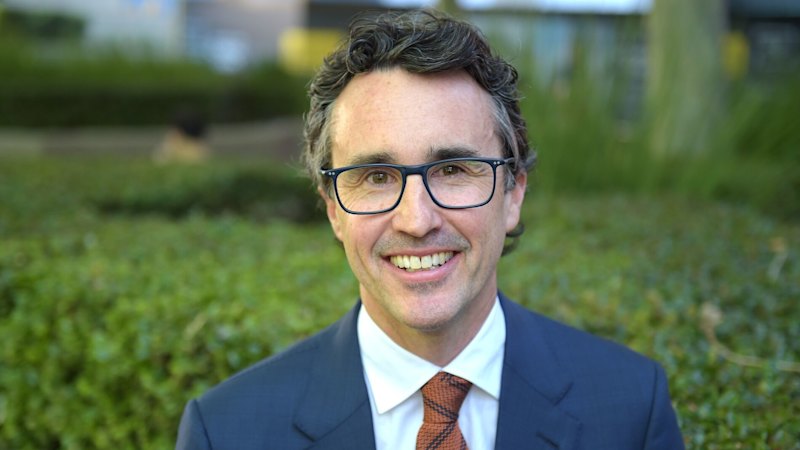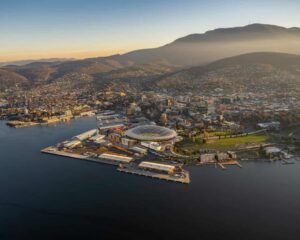
Rio Tinto’s newly appointed chief executive, Simon Trott, has announced a strategic overhaul aimed at streamlining operations and enhancing decision-making processes. At a recent briefing in London, Trott outlined his plans to reduce the number of staff layers and simplify the company’s asset portfolio, focusing on core priorities to drive efficiency.
Trott indicated his intention to build on the foundation laid by his predecessor, Jakob Stausholm, particularly in relation to the company’s commitment to halve carbon emissions by 2030. However, he also stressed a cautious approach to investments in lithium projects, stating that spending would be limited to the most promising assets.
Since taking over, Trott has already made significant changes, including trimming the executive committee from ten members to nine. He announced the decision to divest from the titanium and borates division, citing limited growth potential. Trott mentioned, “We’ll continue to look really hard at our portfolio. I think if you try and do everything, you get nothing done. If you simplify, you can really drive those things forward.”
Focus on Efficiency and Asset Management
At a Goldman Sachs event, Trott elaborated on his rationale for selling the titanium and borates division, describing it as a move to enhance overall value. He confirmed that further divestments could be on the horizon as part of ongoing efforts to optimize Rio Tinto’s asset management.
Trott highlighted the lessons learned from the rapid expansion of the Simandou iron ore project in Guinea, which was built efficiently by Chinese engineering firms. He noted the project’s use of “catalogue engineering,” a method that employs standardized designs to streamline construction. “We should always be going after compressing timeframes and costs,” Trott said, emphasizing the need for internal organizational efficiency to accelerate project timelines.
The restructuring comes amidst broader trends in the mining industry, where major companies are downsizing. Recently, approximately 1,200 jobs were cut in Queensland by companies including BHP, Anglo American, and QCoal. Gold miner Newmont is also reducing its workforce as part of its cost-cutting measures.
Future of Lithium and Iron Ore Projects
Rio Tinto has been active in the lithium sector, acquiring the Rincon lithium asset in Argentina in 2021 and forming partnerships in Chile, as well as holding a lithium asset in Serbia. Trott confirmed that these projects will not be developed simultaneously, indicating a selective approach to progress. “One of the really good things about having options in the lithium space is that the bar is really high,” he explained.
Trott reaffirmed his commitment to retaining Rio Tinto’s dual company structure, engaging with shareholders to navigate through the current organizational framework.
As of October 17, 2023, the price of iron ore with 62 percent iron content was reported at $US105.30 per tonne, according to S&P Global Platts. Rio Tinto’s Pilbara Blend iron ore product has traditionally served as a benchmark. This year, however, the company modified its product specifications, changing the iron content from 61.6 percent to 60.6 percent. Trott noted that these adjustments could lead to lower “strip ratios,” thereby reducing costs associated with mining operations.
According to Paul Young, an analyst at Goldman Sachs, these strategic product changes could potentially generate more than $US5 billion in additional value for Rio Tinto.
Trott’s strategic vision for Rio Tinto reflects a commitment to operational efficiency and a focused investment approach as the company navigates a challenging global mining landscape.






